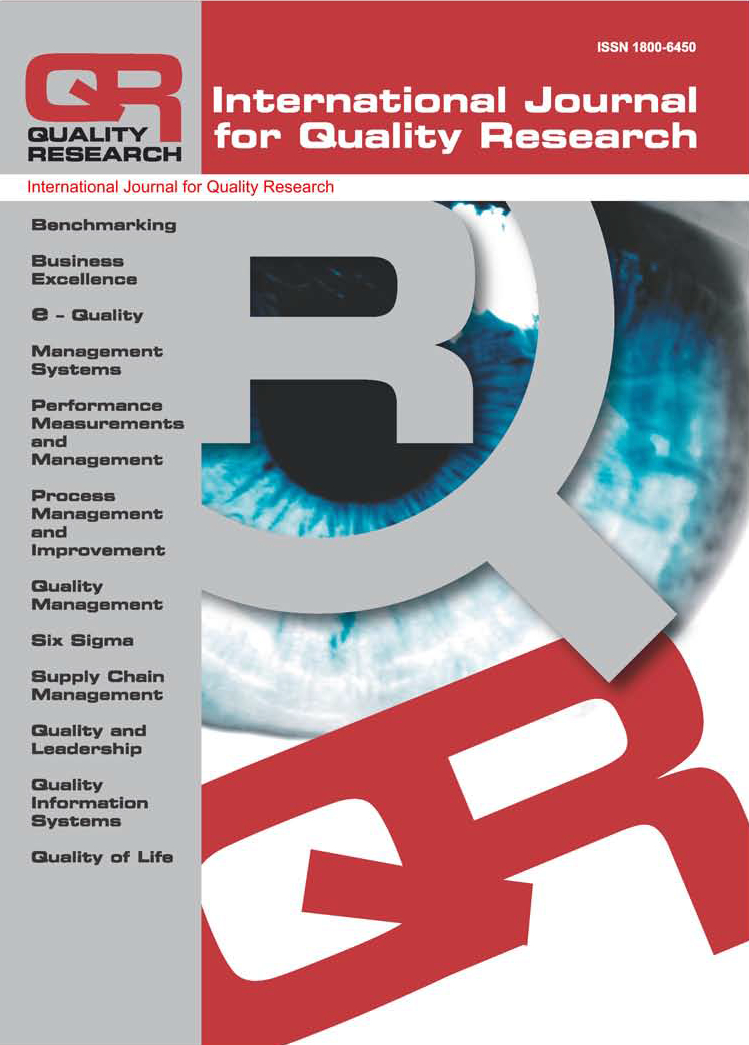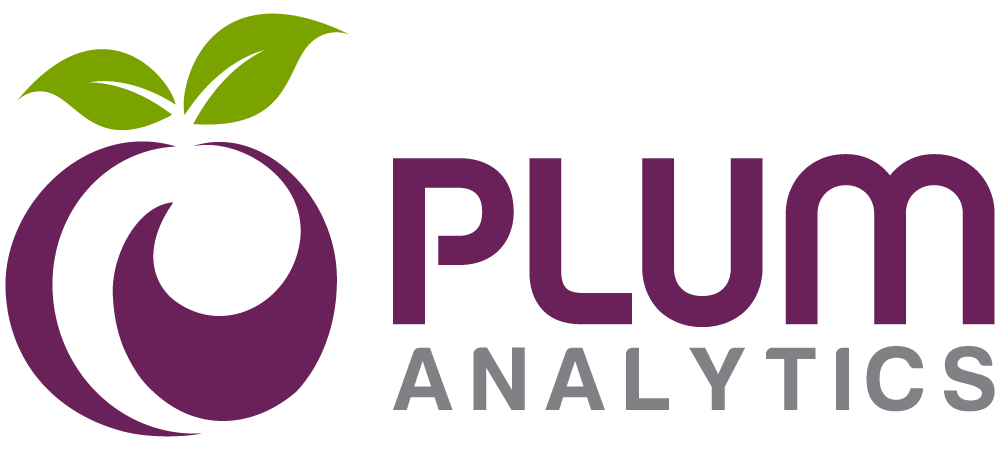COST OF QUALITY MODELS AND THEIR IMPLEMENTATION IN MANUFACTURING FIRMS
N. M. Vaxevanidis, G. Petropoulos, J. Avakumovic, A. Mourlas
Abstract: In order to improve quality, an organization must take into account the costs associated with achieving quality since the objective of continuous improvement programs is not only to meet customer requirements, but also to do it at the lowest, possible, cost. This can only obtained by reducing the costs needed to achieve quality, and the reduction of these costs is only possible if they are identified and measured. Therefore, measuring and reporting the cost of quality (CoQ) should be considered an important issue for achieving quality excellence. To collect quality costs an organization needs to adopt a framework to classify costs; however, there is no general agreement on a single broad definition of quality costs. CoQ is usually understood as the sum of conformance plus non-conformance costs, where cost of conformance is the price paid for prevention of poor quality (for example, inspection and quality appraisal) and cost of non-conformance is the cost of poor quality caused by product and service failure (for example, rework and returns). The objective of this paper is to give a survey of research articles on the topic of CoQ; it opens with a literature review focused on existing CoQ models; then, it briefly presents the most common CoQ parameters and the metrics (indices) used for monitoring CoQ. Finally, the use of CoQ models in practice, i.e., the implementation of a quality costing system and cost of quality reporting in companies is discussed, with emphasis in cases concerning manufacturing firms.
Keywords: cost of quality (CoQ) models, P-A-F model, CoQ indices, implementation, manufacturing
DOI:
Recieved: 25.09.2008 Accepted: 01.11.2008 UDC: 005.642.3:338.3
Reads: 1524 







